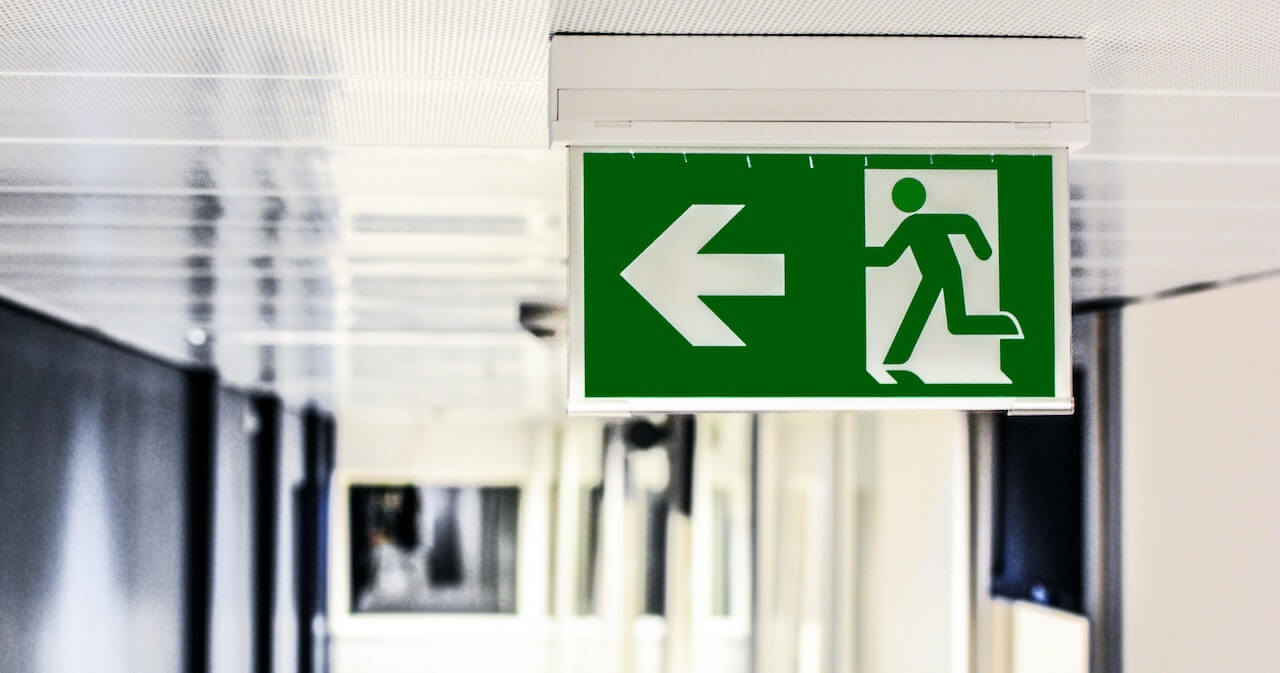The purpose of safety signs is to warn people of hazards or bring attention to mandatory actions through visual communication. They might also be designed to alert when the use of personal protective equipment is necessary, when actions are prohibited, where safety equipment can be found, or to identify exit routes for evacuation. Their ultimate purpose is to dissuade unsafe practices and to draw more attention to potential hazards than labels on equipment and materials do.
Safety signs are prominent in industrial facilities but are not reserved only for the industrial environment. Safety signs are also necessary for public spaces, near areas that might be hazardous, and near equipment that might be dangerous.
Safety signs are not only meant for employees to take precautions, but also for the general public and customers who enter the workplace. Injuries in any form in the facility or on the premises are a risk that needs to be avoided as far as possible, and signs are an important part of this process.

Sign design and layout
A sign usually includes a symbol, some text expressing a warning, and in certain countries, a signal word header.
Headers
In certain places, like North America, safety signs use a specific header that is designed to alert people to risk. Where headers are required, there are specifications and guidelines for how to use them. There will also be conditions to indicate which header is required for what kind of sign.
Symbols
The need to communicate hazards can transcend language and literacy barriers, which means symbols play an important role in OSHA signs. The importance of safety signs really took off during the 1990s. Globalization gave way to a need for international OSHA standards which now save money because multiple languages are not necessary.

Portable signage
In certain situations, there might be a need for signs that are portable. Their design allows them to stand on their own and be moved easily as needed. Usually, a “Danger” sign should be suitable for hard or soft, uneven surfaces. Signs come in a variety of shapes, and some safety signs have bases that can move.
Other examples of portable safety signs are, for example, wet floor signs that protect against legal liability for injury due to slips. Anything that serves to warn of potential hazards. This sign is usually yellow in color, and in modern equipped offices, it may have audible warnings as well. Automatic cleaning equipment can even use certain signs to establish when the job is complete.

Effectiveness of safety signs
In the pursuit of a safe workplace, there has been an increased need for testing signs. Ample research has been done to explore how different signal words and background colors, and fonts are experienced. After a long process involving several committees and revisions, the standardized signs are still used today.
Where signs are placed will also have an effect on how well they work. There are a number of other situations that can impact how effective a sign is. For example, unnecessary information, too many words, and not enough paragraph breaks, when information is presented in a manner that is difficult to follow, or just information overload.
This can be combated by focusing only on key points and making executive summaries of important information, which removes minor information. Too many safety signs in the same place can also be a problem as it might lead people to take the signs less seriously.

Types of Safety Signs
There are several different types of safety signs in circulation that can usually be found in most offices.
Fire safety signs are found in office kitchens and where flammable chemicals like printer toners are stored.
Danger signsmight be present in parking lots where pedestrians might be in danger or in server rooms where there are hazards.
Caution signs can be present on stairs or where a floor might be slippery when wet.
Warning signs can be placed in areas where there is equipment that requires special precautions to handle, or where something has changed that might now be hazardous if people do not notice in time.
Custom signs may also be found in certain companies where general caution signs, warning signs, or danger signs would not suffice.
An office can house various materials and chemicals that can impact workplace safety if not stored properly or if people are careless with them. Labels on the products themselves might not be sufficient, so most companies will also include danger signs or caution signs to further draw attention to possible hazards.
It is important that OSHA discourages unsafe practices, and the first step to doing so is through visual communication. Policies and procedures should be clear and easily accessible. Things to be avoided should be clearly marked by means of a sign.
Sometimes signs contain more than a symbol and a signal word. In cases where instructions are present, these should be in accordance with OSHA regulations. Employers must realize that anything from instructions to the location of these signs, including their sizes and colors, needs to meet pre-set conditions – even if the sign only provides directions for evacuation.

Current technical standards
There are 5 technical standards that are currently appropriate in the US.
- ISO 7001 (2007)
- ISO 7010 (2011)
- ISO 3864 (2011-2016)
- Globally Harmonized System of Classification and Labelling of Chemicals (2005-2017)
- ANSI Z535 (2011)
Most health and safety standards maintained in US companies will be held to these standards through OSHA specifications.
The point of a safety sign is ultimately to protect employees from danger by warning them of potential injuries that can result from carelessness or improper action. In many cases, the design of the sign must meet specifications stipulated by OSHA. Signs work together with labels, and detailed safety information, including a key to signs is usually available on a workplace notice board that employees are made aware of.

Frequently Asked Questions
What makes signs most effective?
There are several things, including the colors, design, signal word, and location, that may impact how effective a sign is. It is best to research signage conditions carefully when putting these signs up so that employers can learn the best practices to ensure maximum efficiency.
How can I be sure that I comply with the specifications for my country?
You should be able to request an OSHA inspection where danger and risk are assessed and you receive feedback from a trained professional. They will be able to let you know whether you meet minimum regulations or not, and will be able to advise you on what degree of addition to make so that you can meet expectations if something is lacking.
Can we create our own signs to meet business needs?
Custom signs are possible to order, but before making such an order, it is best to research the best design that is already in circulation. If nothing meets your needs, then you can explore options for minor customization.










